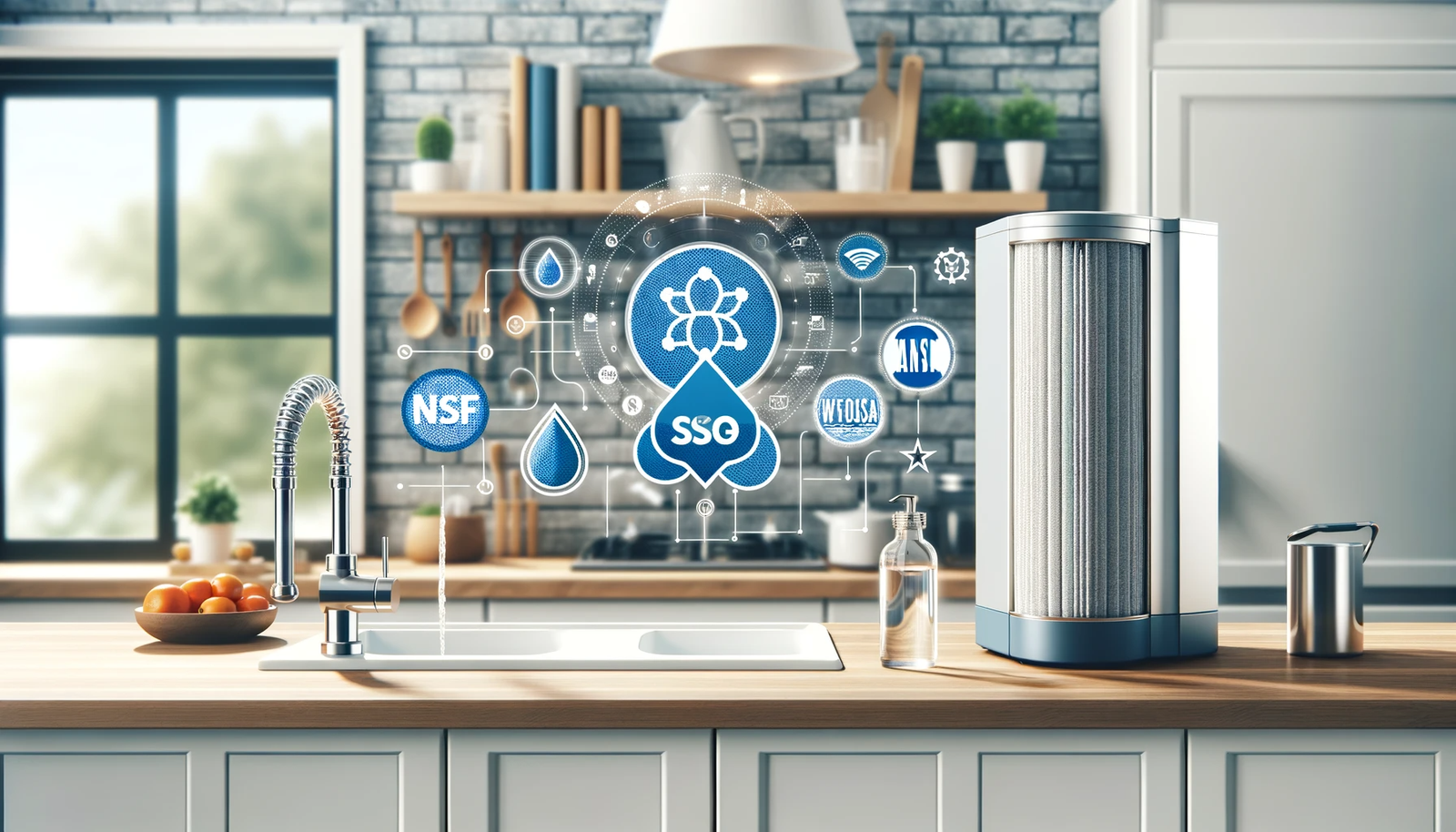Emergency Preparedness 101: How to Set Up a Reliable Backup Water Storage Plan

Emergency preparedness is essential for ensuring the safety and well-being of yourself and your loved ones during unexpected events. One crucial aspect of emergency preparedness is having a reliable backup water storage plan in place. Water is a basic necessity for survival, and having an adequate supply on hand can make all the difference in a crisis situation. Here are some tips on how to set up a reliable backup water storage plan to ensure you are prepared for any emergency.
The first step in setting up a backup water storage plan is to determine how much water you will need. The general rule of thumb is to have at least one gallon of water per person per day for a minimum of three days. This means that a family of four should have a minimum of 12 gallons of water stored for emergency use. However, it is always better to err on the side of caution and store more water than you think you will need.
When selecting containers for storing water, it is important to choose food-grade containers that are specifically designed for holding water. Avoid using containers that have previously held chemicals or other substances, as these can leach into the water and make it unsafe to drink. Good options for water storage containers include BPA-free plastic jugs, glass bottles, and water storage drums. Be sure to clean and sanitize the containers before filling them with water to prevent contamination.
It is also important to store your water in a cool, dark place away from direct sunlight. Sunlight can promote the growth of algae and other harmful bacteria in your water storage containers. Additionally, extreme temperatures can cause plastic containers to leach chemicals into the water. A basement or closet is an ideal location for storing water, as long as the area is easily accessible in case of an emergency.
Rotating your water supply is crucial for maintaining its freshness and drinkability. Water that has been stored for an extended period of time can develop a flat taste or become contaminated with bacteria. To ensure that your water supply remains safe to drink, it is recommended to replace it every six months. One way to make this process easier is to mark the storage containers with the date they were filled so you can easily track their age.
In addition to storing water for drinking and cooking, it is also important to have a supply of water for hygiene purposes. This includes water for washing dishes, cleaning, and personal hygiene. A good rule of thumb is to store an additional gallon of water per person per day for these purposes. You can use a separate container for hygiene water or simply increase the amount of water you store for drinking and cooking.
Finally, it is important to have a plan in place for accessing and using your stored water in an emergency situation. Make sure that everyone in your household knows where the water is stored and how to access it. If you need to evacuate your home, be sure to take some water with you to sustain you until you can reach a safe location. Additionally, consider having a portable water filter or purification tablets on hand in case you need to treat water from an unfamiliar source.
By following these tips and setting up a reliable backup water storage plan, you can ensure that you and your loved ones are prepared for any emergency that may come your way. Remember, water is a critical resource for survival, and having an adequate supply on hand can mean the difference between life and death in a crisis situation. Take the time to set up a water storage plan today so that you can rest easy knowing that you are ready for whatever the future may hold.
